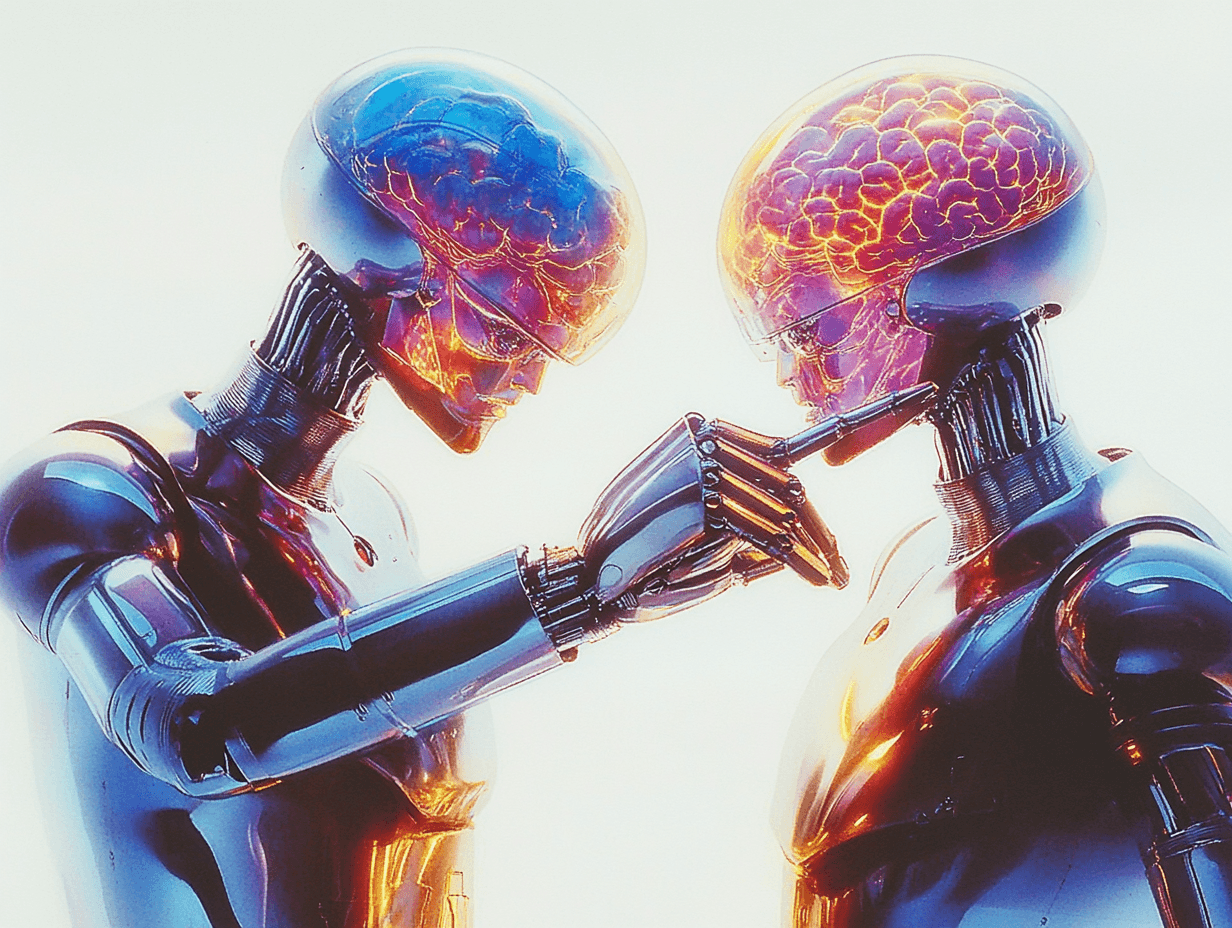GPT3 V/S GPT4

When it comes to natural language processing, GPT-3 is the reigning champion. With a whopping 175 billion parameters, it has set a new standard for what is possible with large-scale language models. However, as technology continues to evolve, many are wondering what the future holds for language models. Will GPT-4 outdo its predecessor? And if so, how?
Before diving into the potential advancements of GPT-4, let’s take a moment to understand the capabilities of GPT-3. The model has shown remarkable coherence and accuracy in generating human-like text across a range of natural language processing tasks. It has been trained on a vast amount of text data and can perform tasks such as language translation, text summarization, and text completion with impressive precision. In fact, some users have even reported that GPT-3’s output is often indistinguishable from human writing.
So what can we expect from GPT-4? Unfortunately, at the time of writing, no information is available on its architecture or capabilities. However, we can make some educated guesses based on current trends in natural language processing research.
One potential area of improvement for GPT-4 is the integration of additional modalities, such as image and video processing. This could lead to more accurate and contextually appropriate responses based on the visual content in the input. For example, a language model that has been trained to recognize objects and actions in images and videos could generate text that is more grounded in visual reality.
Another area of potential improvement could be the incorporation of meta-learning or learning to learn. Meta-learning is a subfield of machine learning that focuses on teaching models how to adapt to new tasks quickly by drawing on their previous experiences. In the context of natural language processing, this could make the model more efficient and effective, reducing the amount of training data required for each new task. This could be particularly useful for niche applications where large amounts of training data may not be available.
Additionally, GPT-4 could improve on GPT-3’s capabilities in natural language generation. This could lead to even more realistic and nuanced responses, potentially making it even harder to distinguish between human and machine-generated text. This could be particularly useful for applications such as automated content creation or chatbot systems, where generating high-quality text is crucial.
There are also several challenges that GPT-4 will need to overcome if it is to be successful. One major challenge is the issue of bias in natural language processing models. Bias can occur when a model is trained on data that is not representative of the real world, leading to inaccurate or discriminatory responses. This is a particularly pressing issue in the field of natural language processing, where models are often used to make decisions that can have a significant impact on people’s lives. Addressing bias in GPT-4 will be crucial if it is to be widely adopted and trusted by users.
Another challenge is the issue of explainability. As models become more complex, it can become increasingly difficult to understand how they arrive at their conclusions. This is a particular concern when it comes to natural language processing models, as their outputs can be difficult to interpret even for experts in the field. Ensuring that GPT-4 is transparent and explainable will be important if it is to be used in applications where accountability and transparency are required.
Despite these challenges, there is no doubt that GPT-4 has the potential to be an even more significant breakthrough in natural language processing than its predecessor. With additional improvements and advancements, it could take language models to the next level, paving the way for a range of new applications and use cases. However, as with any emerging technology, it will be important to ensure that it is used ethically and responsibly to avoid unintended consequences.
In conclusion, while we don't know the exact capabilities of GPT-4 at this point, it is clear that there is significant potential for advancements in natural language processing. The integration of additional modalities, such as image and video processing, the incorporation of meta-learning, and improvements in natural language generation could all lead to more accurate and nuanced responses. However, challenges such as bias and explainability will need to be addressed for GPT-4 to be widely adopted and trusted. Overall, it will be exciting to see how GPT-4 and other emerging technologies continue to push the boundaries of what is possible in natural language processing.
